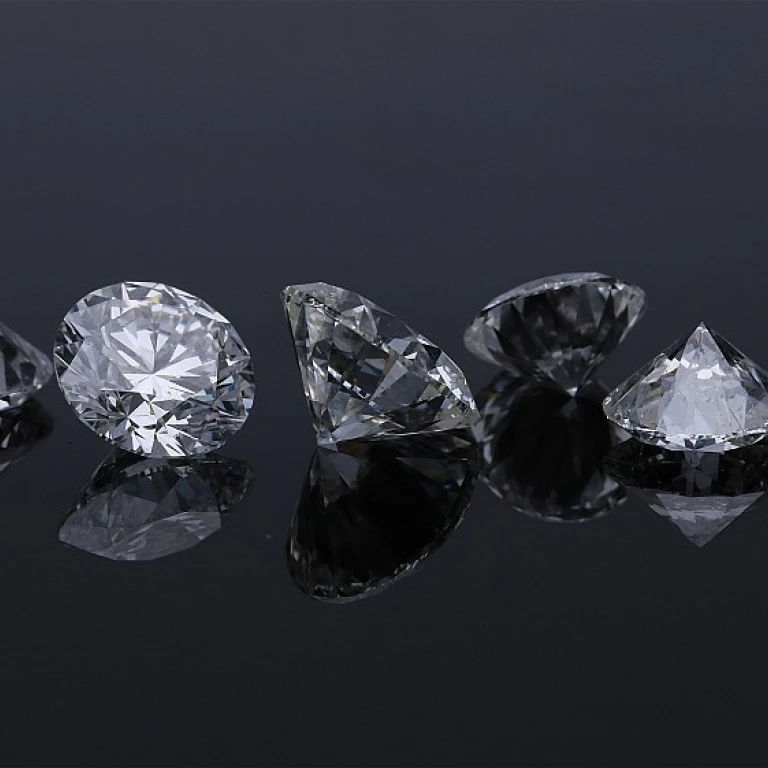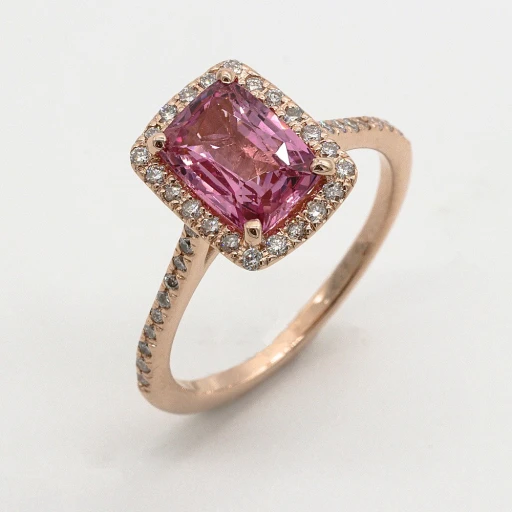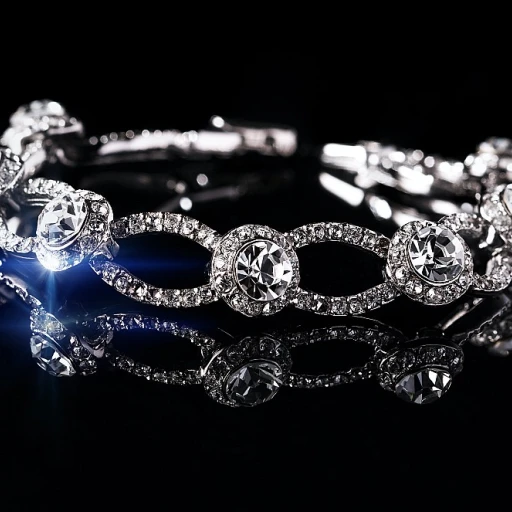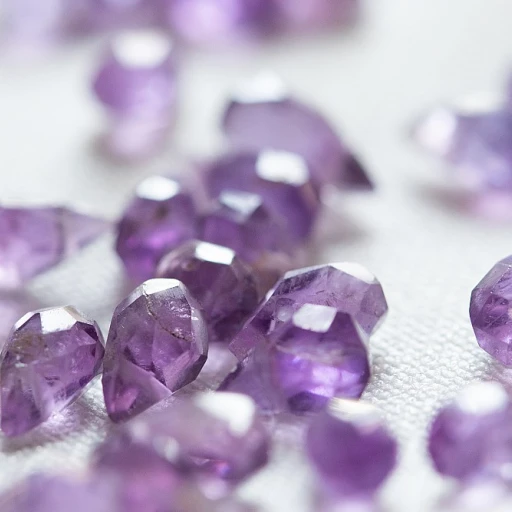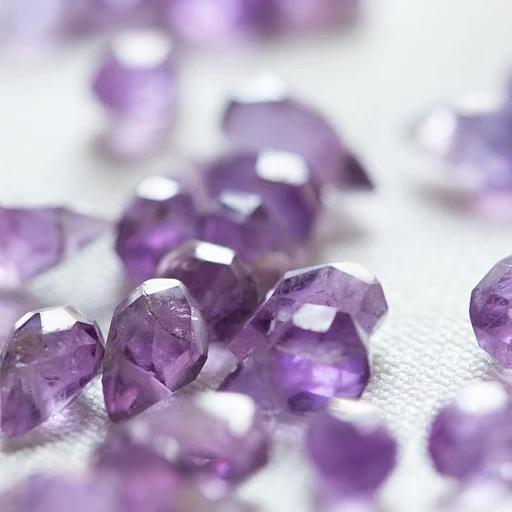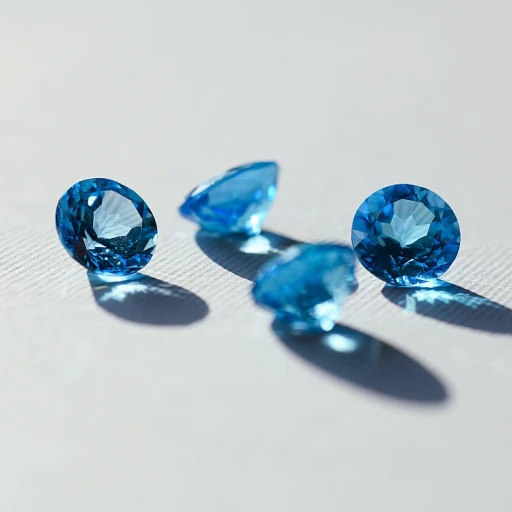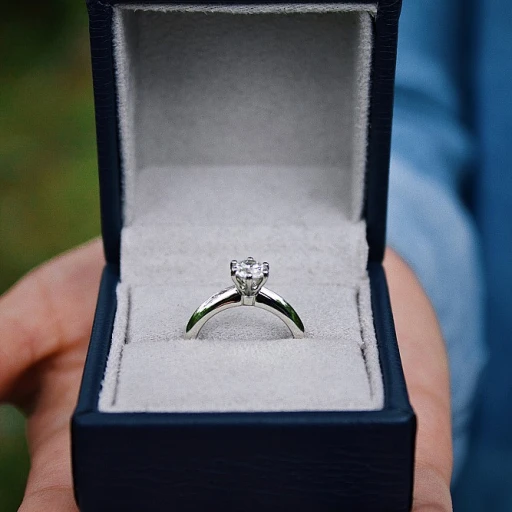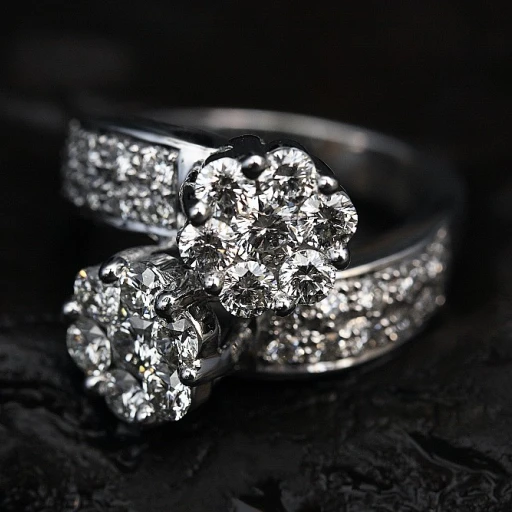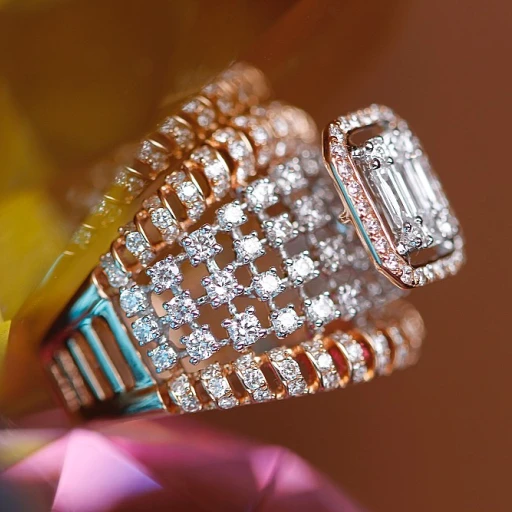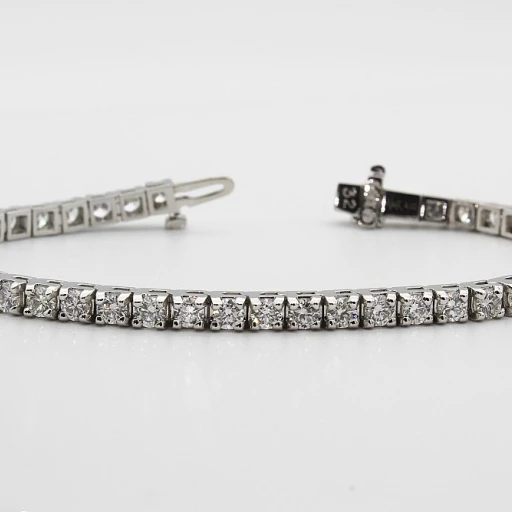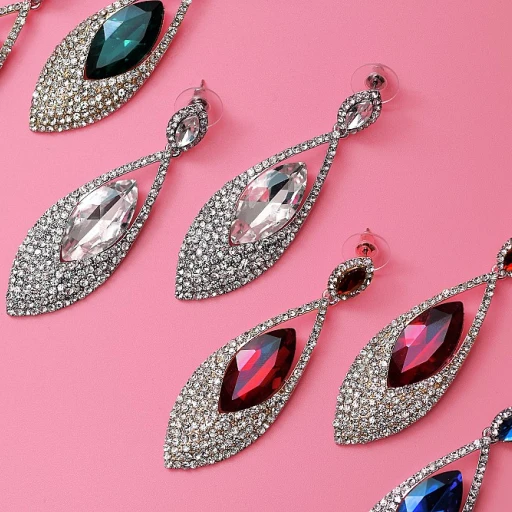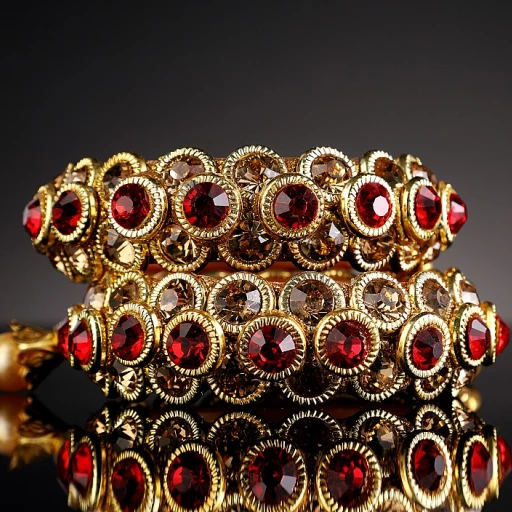
The Historical Significance of Turquoise
Turquoise Through the Ages: A Storied Gem
Throughout history, turquoise has captured the hearts of many cultures, making it a timeless choice in men's jewelry. Known for its vibrant blend of blue and green hues, this gemstone has been cherished for centuries, often seen as a symbol of both protection and prosperity. Native American tribes, like the Navajo, have traditionally incorporated turquoise into their jewelry designs, emphasizing its cultural significance and beauty.
The allure of turquoise rings, pendants, and bead bracelets cannot be overstated. These pieces are not just fashion statements but also carry a rich heritage. The mesmerizing shades found in turquoise items, such as those from the renowned Kingman mine, offer a striking contrast set against sterling silver or other precious metals. This versatility allows men to don turquoise jewelry with various styles, from casual to formal.
Moreover, turquoise has been synonymous with strength and protection, making it an appealing choice for men who value the symbolic aspects of their adornments. Understanding the historical significance of this gem can enhance the appreciation for modern pieces within this fifty billion-dollar industry.
By acknowledging the storied past of this mesmerizing gem, one cannot help but appreciate its enduring presence in contemporary men's jewelry collections. From turquoise rings in various sizes meeting popular demand to the allure of sterling silver necklaces, the historical importance of turquoise continues to influence today’s jewelry trends.
Explore how mother and daughter bracelets have similar enduring symbolic connections, revealing more about the storied journeys these exquisite pieces represent.
Craftsmanship Behind Men's Turquoise Jewelry
Mastery in Turquoise Crafting
To appreciate the art behind men's turquoise jewelry, one must understand the intricate craftsmanship that brings these brilliant items to life. Each piece, whether it be a turquoise ring or a bead bracelet, is meticulously designed to accentuate the unique characteristics of this mesmerizing gem, the kingman turquoise. Turquoise jewelry thrives on its versatility, often set in sterling silver to highlight and contrast its striking blue-green hues. Silver and turquoise form an iconic duo that resonates through genuine native american jewelry designs. The skillful combination of materials not only elevates their aesthetic appeal but also maintains a reasonable unit price. For crafters, creating a piece of men's turquoise jewelry requires a balance of traditional techniques and modern aesthetics. Navajo artisans, for example, are known for their detailed silverwork which adds a cultural depth and historical reference to the jewelry. Whether it’s crafting a bold turquoise pendant or delicate turquoise ring, these craftsmen focus on creating items that are both durable and visually captivating, ensuring each piece sits comfortably within the price brackets from regular price to sale. The item sizes vary, ranging from unassuming, yet elegant, turquoise bead bracelets to elaborate statement necklaces. The nuances in ring size and design facilitate a fit for every man, making these jewelry pieces not only striking gifts but also cherished heirlooms. Embrace the excellence embedded in men's turquoise jewelry, where the past intertwines with the present to deliver timeless elegance and craft. Discover more about such meticulous craftsmanship and adroit creations in our full article on the elegance of pearl earrings for brides.Styling Tips for Men's Turquoise Jewelry
Integrating Turquoise into Your Jewelry Collection
When it comes to incorporating turquoise into your ensemble, versatility is key. Turquoise jewelry can elevate men's fashion with its distinctive color and rich cultural history, offering a balance between casual and formal attire. Here are some styling ideas to consider:
- Complement with Silver: Pairing turquoise with silver or sterling silver provides a timeless look that complements the natural beauty of the gem. This combination is a staple in native American designs and resonates well with both rings and bracelets.
- Turquoise Rings: Opt for turquoise rings in various styles and sizes to create a focal point in your outfit. Whether it’s a statement piece or a subtle detail, a turquoise ring can add a unique charm. Consider ring sterling options for a polished finish.
- Layered Bracelet Looks: A turquoise bead bracelet can effortlessly add a pop of color to your wrist. Layering bracelets with different textures or pairing them with a leather strap can create a contemporary, layered effect.
- Pendants and Necklaces: For necklaces, choose a simple pendant featuring turquoise to maintain an understated elegance. A well-chosen pendant can accentuate a simple outfit without overpowering it.
- Navajo Influences: Donning styles that reflect Navajo craftsmanship can imbue your overall look with cultural authenticity and artistic flair. These pieces often feature intricate designs that underscore the historical significance of turquoise in jewelry.
Remember, the key is to keep it balanced and not overwhelm your look—use turquoise as a statement to accentuate rather than dominate. With its distinctive appeal and wide range of prices, from regular to sale units, turquoise jewelry designs offer exquisite options regardless of your budget.
Caring for Your Turquoise Jewelry
Ensure Longevity with Proper Care
Turquoise jewelry, admired for its striking hue and rich history, requires specific care practices to maintain its vibrant appearance. This section offers insights into the ideal maintenance routines to preserve the allure of your pieces. Whether you own a sterling silver turquoise ring or a native american turquoise bracelet, these tips can enhance the durability and beauty of your collection.
Avoiding Common Hazards
Both turquoise and its settings, such as silver or sterling silver, can be vulnerable to damage from harsh chemicals. Always remove your turquoise jewelry before swimming, using household cleaners, or participating in activities where sweat could affect the jewelry. Additionally, ensure that perfume and lotions do not come into contact with your turquoise items, as these can contribute to discoloration over time.
Regular Cleaning Practices
Maintaining the glow of turquoise doesn't have to be an arduous task. Gently cleaning your turquoise rings or necklaces with a soft, damp cloth can remove daily grime. Avoid submerging your turquoise in water, as its porous nature can cause discoloration. When cleaning sterling silver settings, use a silver cleaning cloth rather than liquid cleaners that might affect the turquoise gem.
Safe Storage Suggestions
Proper storage significantly impacts the lifespan of men's turquoise jewelry. Store each piece individually in a soft pouch or fabric-lined jewelry box to prevent scratches or tarnish. This is especially important for more substantial items, such as a turquoise bead bracelet or a kingman turquoise pendant, to avoid contact damage during storage.
Handling Temperature and Humidity
Extreme temperatures and high humidity can adversely affect turquoise. Keeping your jewelry in a regular environment with controlled temperature minimizes the risk of cracking or color change. These precautions ensure that your pieces retain their quality and remain a cherished part of your collection, whether it's a turquoise ring on sale or a custom-made bead bracelet.
By following these guidelines, you can enjoy your men’s turquoise collection at a regular price or sale price while ensuring the longevity and beauty of these fascinating items.
The Market for Men's Turquoise Jewelry
Understanding the Market Dynamics
The market for men's turquoise jewelry is a fascinating blend of tradition, artistry, and evolving trends. Turquoise jewelry, whether in the form of rings, necklaces, bracelets, or pendants, is a significant player in the broader jewelry industry. Both regular and sale prices of these pieces can vary significantly depending on several factors. One key aspect that influences the price of men's turquoise jewelry is the origin and quality of the turquoise gem itself. Kingman turquoise, for example, is highly prized and can command a higher price. Genuine turquoise adds value and authenticity, making items such as turquoise rings and bead bracelets desirable. The material used alongside the turquoise, such as sterling silver, often dictates the unit price. Sterling silver not only enhances the allure of turquoise but also provides durability, which is crucial for everyday wear. Pieces like a turquoise ring in sterling often retain their value over time. In terms of market appeal, jewelry designs that incorporate traditional elements, such as native American or Navajo styles, often attract collectors and enthusiasts. These designs frequently feature in the regular price listings but can also appear in limited sales, increasing their desirability. Men looking to invest in turquoise jewelry should consider the craftsmanship involved in the item. Handmade pieces typically cost more due to the labor-intensive processes. However, the unique nature of these items can lead to higher resale values, especially in niche markets. Finally, the availability of different ring sizes or adjustable bracelets and necklaces means that turquoise jewelry can cater to a broader audience, impacting demand and price points. Whether you're adding a piece to your cart on a whim or searching for a specific size for a special occasion, understanding these market factors can help guide your purchase. In essence, the turquoise jewelry market thrives on a blend of cultural appreciation, design innovation, and genuine interest in gemstones. Equipped with this knowledge, buyers can navigate through a range of price offerings, including regular price and sale price items, making well-informed choices.Ethical Considerations in Turquoise Sourcing
Responsible and Transparent Sourcing
When it comes to sourcing turquoise for men's jewelry, including items like turquoise rings, necklaces, and bracelets, ethical considerations play a significant role. Turquoise, a gem treasured for its stunning hues and historical importance, is often subjected to controversial practices during its extraction. Prioritizing ethical sourcing practices not only ensures sustainability but also enhances the credibility and value of turquoise jewelry pieces.
Fair Trade and Responsible Mining
Ensuring that turquoise is sourced responsibly starts with understanding the practices involved in mining this precious gem. Many regions, including areas known for Native American and Navajo-inspired designs, are taking strides toward fair trade and eco-friendly extraction methods, minimizing environmental impact. By purchasing jewelry from companies that adhere to these standards, you are supporting responsible mining practices.
Authenticity and Certification
The market is flooded with items labelled as genuine turquoise, which sometimes aren't as advertised. When shopping for turquoise jewelry, whether it's a ring size specific piece or a bead bracelet, ensuring authenticity is crucial. Look for certifications or endorsements that validate the gem's authenticity, whether it's Kingman turquoise from a reputable source or another variation.
Consumer Awareness and Decision Making
As a buyer, staying informed is pivotal. Knowing if a piece of jewelry was ethically sourced can affect its value, from the regular price to the sale price. A well-informed choice also means understanding the difference between items priced at regular price and those on sale to decide aptly considering the ethical sourcing of materials. Many retailers provide transparency about their sourcing practices, offering insights into how each turquoise piece was brought to life, from the mines to the finished product in sterling silver settings.
By opting for ethically sourced turquoise jewelry, men can enjoy their unique pieces, whether it's a stunning turquoise ring or a pendant necklace, with a lighter conscience, knowing they've contributed positively to both the environment and local communities involved in the turquoise trade.
